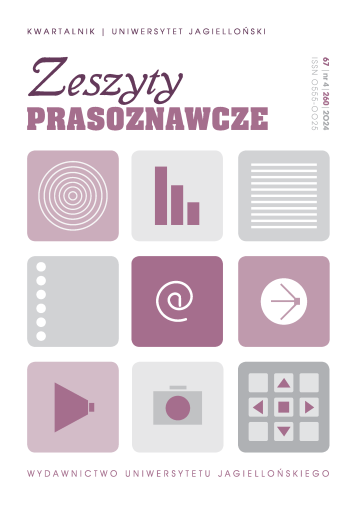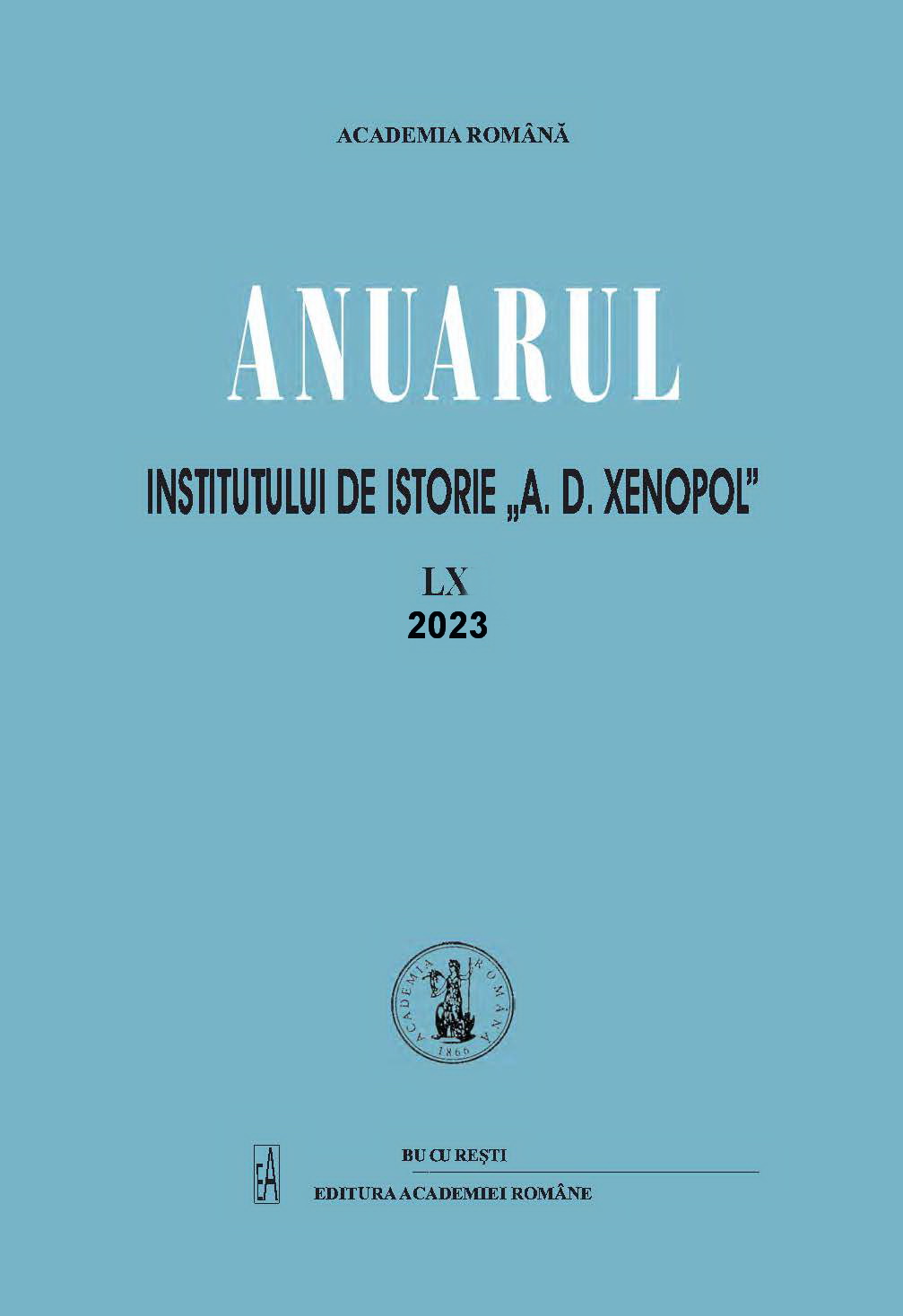
Recenzii
Books review. LUCIAN-VALERIU LEFTER, Boieri ai Moldovei înainte și în vremea lui Ștefan cel Mare, Cluj-Napoca, Editura Mega, 2022, 399 p. + planșă; MIHAI-CRISTIAN AMĂRIUȚEI, SIMION-ALEXANDRU GAVRIȘ (editori), Funcționarii din Principatul Moldovei în epoca Regulamentului Organic (1832-1858). Documente, vol. I, Registrele generale ale Ministerului de Interne și Comitetului Sănătății (1834), Iași, Editura Universității „Alexandru Ioan Cuza”, 2022, 212 p.; LAURENȚIU VLAD, Constantin N. Brăiloiu (1809-1889). Fragmente biografice, Iași, Editura Universității „Alexandru Ioan Cuza”, 2023, 224 p.; ION RÎȘNOVEANU, Viața cotidiană în Dobrogea interbelică, Târgoviște, Editura Cetatea de Scaun, 2022, 344 p.
More...

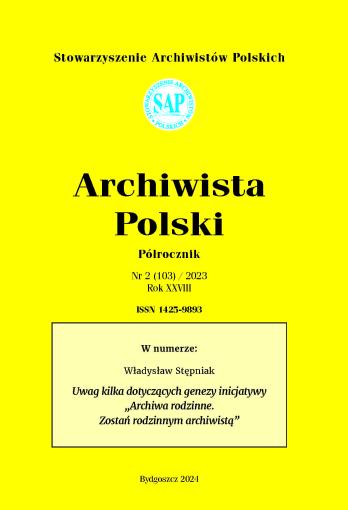
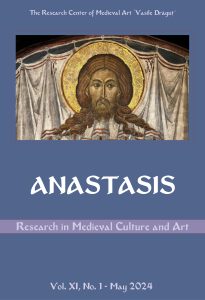

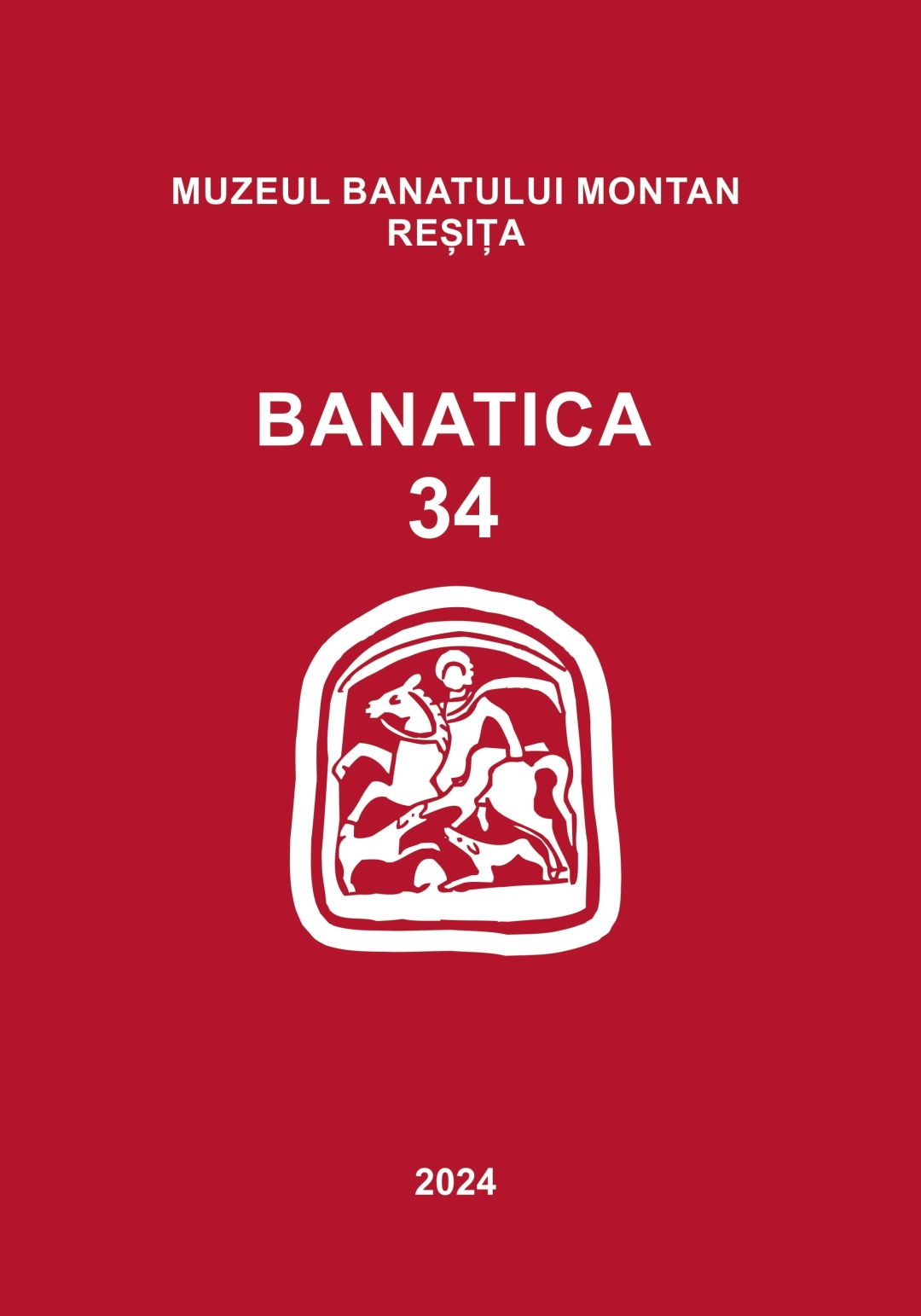
![Przemysław Sztafiej, Afrykański Inny w Japonii. Reprezentacja subsaharyjskich Afrykanów w podręcznikach geograficznych w latach 1868–1945 [The African Other in Japan. Representation of sub-Saharan Africans in geography textbooks, 1868–1945], Wydawnic](/api/image/getissuecoverimage?id=picture_2024_86774.png)
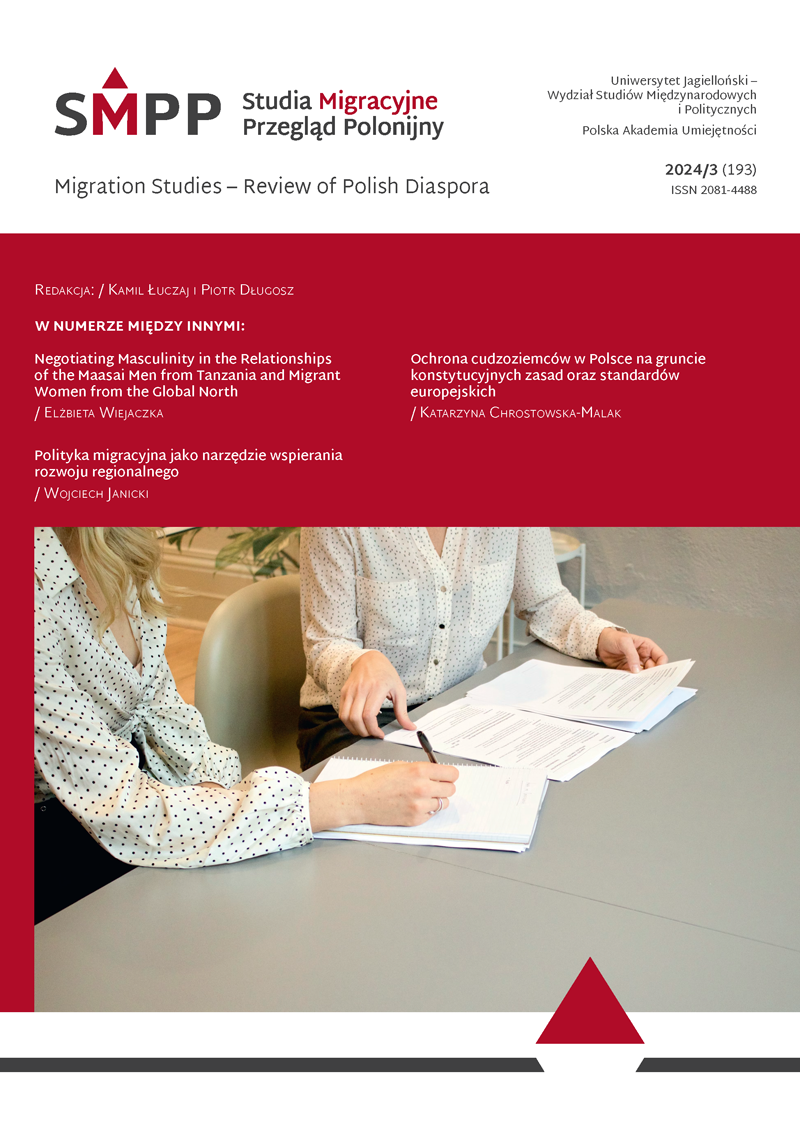
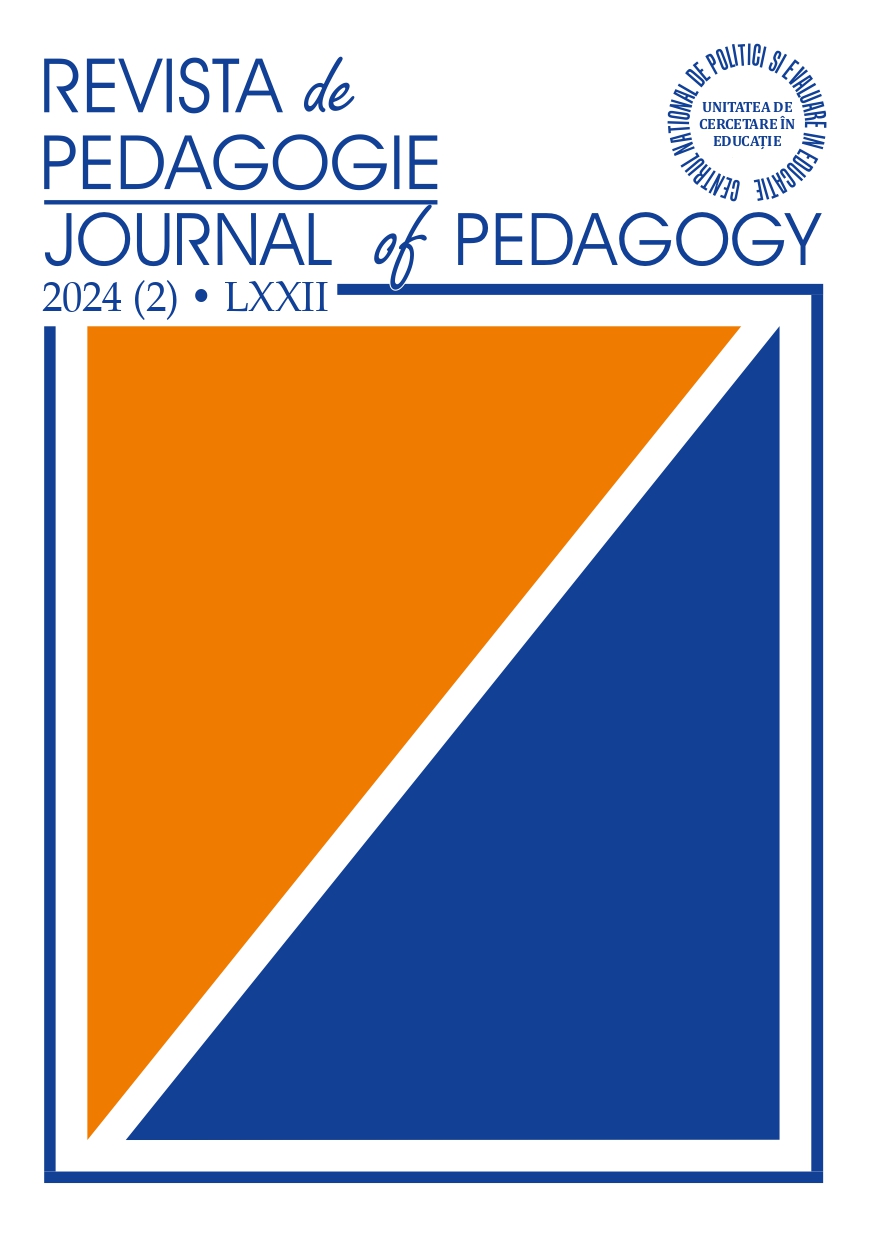
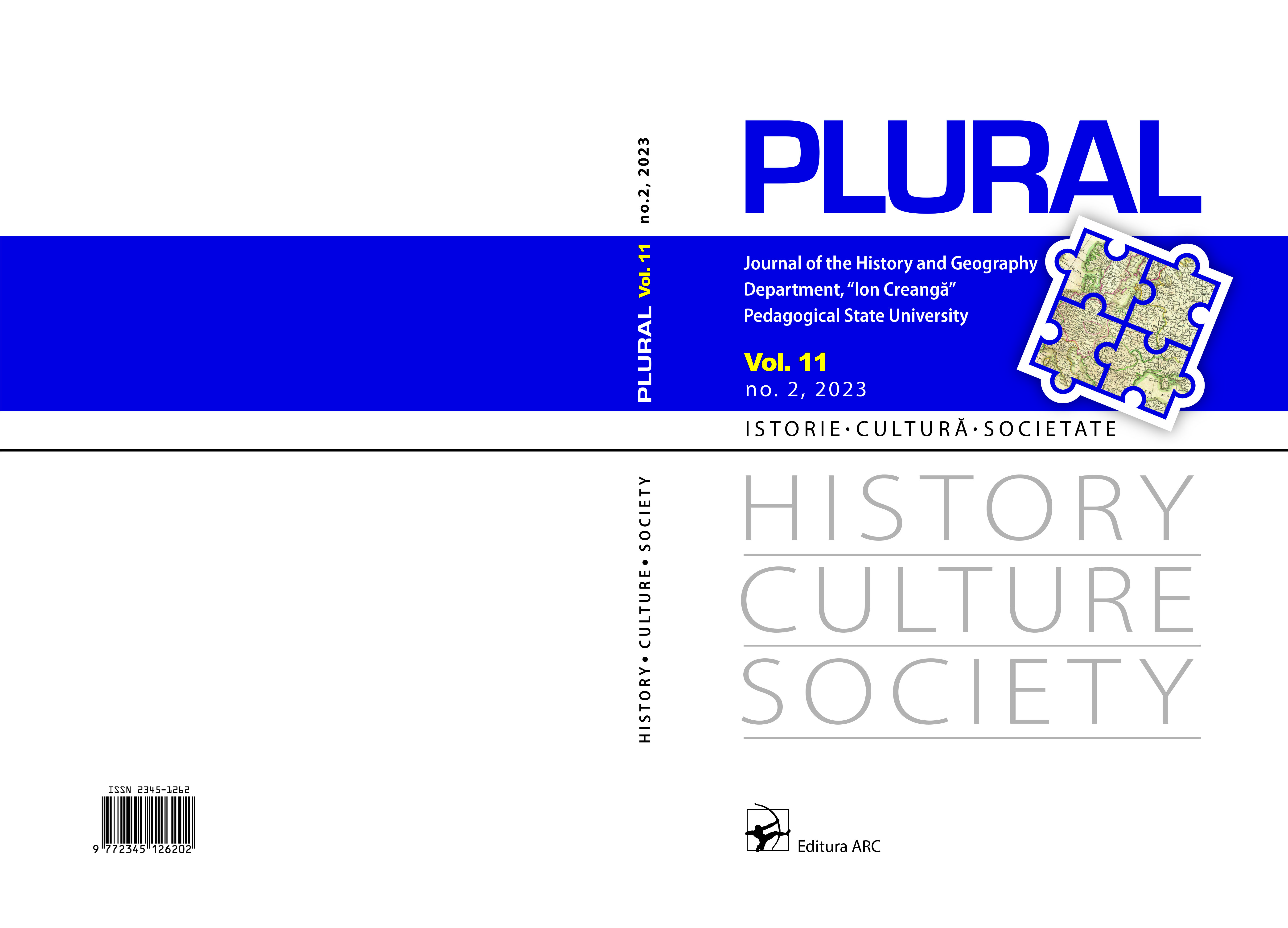
![HASSAN ARABI AND AZEDDINE ETTAHRI Diplomacia cultural y deportiva. Nuevos conceptos y horizontes [Cultural and sports diplomacy. New concepts and horizons.]. (Madrid: Diwan Mayrit, 2024), 455 pp.](/api/image/getissuecoverimage?id=picture_2024_87158.png)
